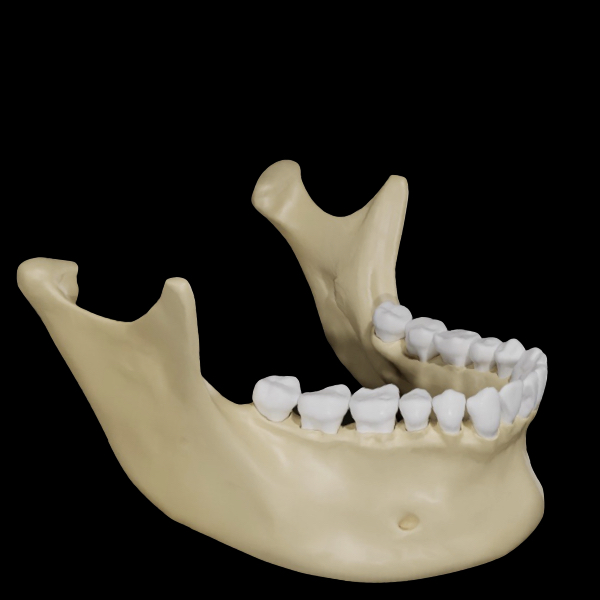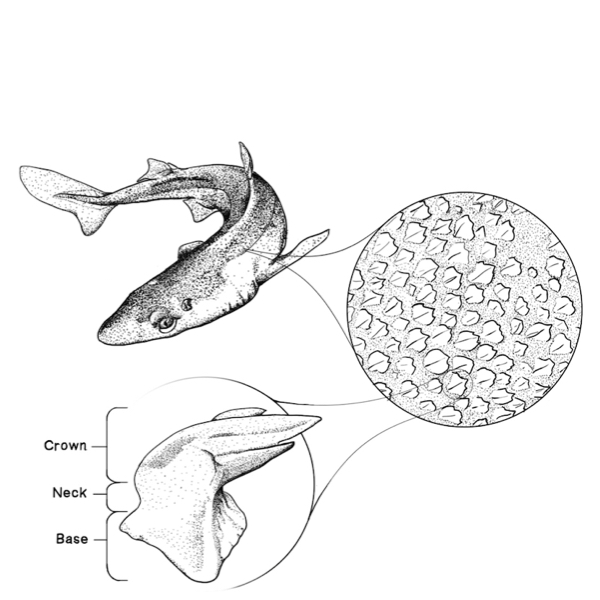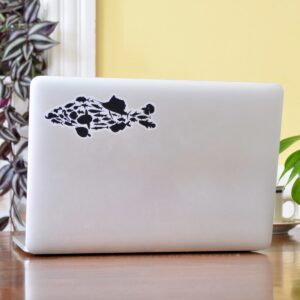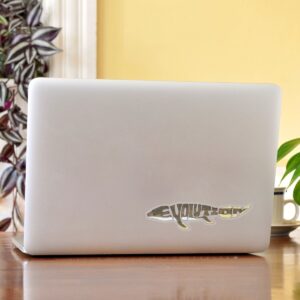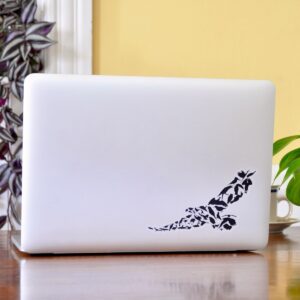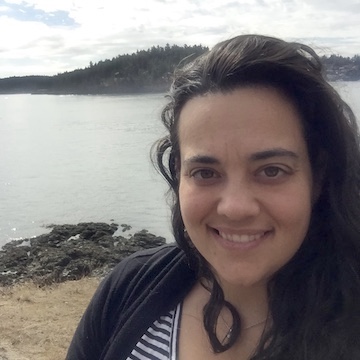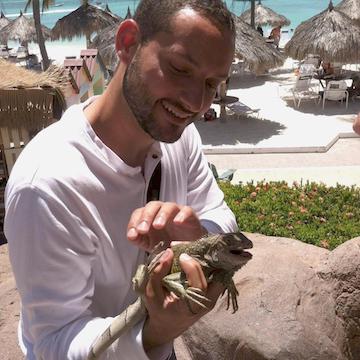Our services
We’re your on-call anatomy experts.
What people are saying about us
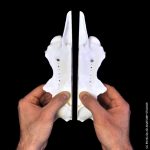
“I have taught Comparative Vertebrate Anatomy for 20+ years, and one challenge teaching the course over the years was the lack of good shark neurocrania for demonstration…3D Anatomy Studios solved this problem by creating anatomically accurate 3D-printed shark skulls…I purchased multiple models, and they are detailed and durable, so my students will be able to learn the shark skull anatomy with much ease!…I can hardly wait to see what additional cool models 3D Anatomy Studios will bring to the market in the future!”
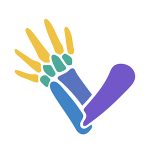
“…They have been an invaluable partner in identifying and applying to commercialization-focused funding sources so that we can accelerate our research and development…. More than anything, they have been genuinely interested in our ideas and finding any means possible to make them a reality. I am excited to continue working with them and would highly recommend them as research partners.”

“I worked with 3D Anatomy Studios to order some models for my comparative vertebrate anatomy lab. They were great! I got models of things that are either very difficult, very expensive, or illegal to purchase actual specimens of (eg., whale vertebrae, shark vertebrae)… [The] scaled-up models…are much more durable than real vertebrae would be. Aaron worked closely with me to be sure that everything was exactly what I needed for my class. I was impressed at how quickly I received the specimens, given that they were designed and printed just for me. I will definitely be ordering from 3D Anatomy Studios again.”
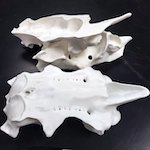
“Just got my shark chondrocrania models from @3DAnatomyStudio. They are awesome, the split chondrocranium is going to be really useful in showing dogfish anatomy in comparative anatomy!”
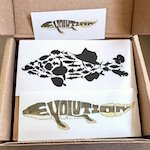
“If you haven’t placed your order for #sciart from @3DAnatomyStudio, you’re really missing out! Excellent customer service, super fast delivery, and eco-friendly packaging. I am obsessed with my cards and stickers and can’t wait to use them!! ???? #Tiktaalik #TeamFish.”
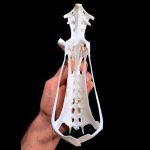
“Aaron and the folks at 3D Anatomy Studios made us skeletal models that exceeded my expectations. I can’t say enough about the personalized service and attention to detail. Suggestions for how to handle delicate elements, maximize scale, and get the most out of our order by mirroring were extremely helpful…I look forward to working with 3D Anatomy Studios again whenever my students and I need 3D prints for our research and teaching.”
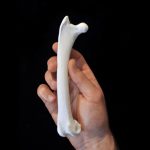
“I ordered 3-D printed bird bones from 3D Anatomy Studios and experienced a friendly and responsive team, fast turnaround, and very competitive pricing for a high-quality product. Thanks so much; I’ll be back with more orders!”
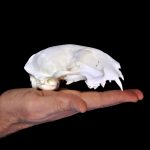
“Ordered 3D printed cat skulls for my comparative students to annotate and color. The skulls arrived promptly and were beautifully done, with complete nasal turbinates and other fine details. Dr. Olsen even provided a coloring guide that was easy for the students to use. Planning to place more orders!”
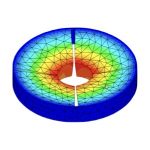
“We interacted primarily with Aaron, who…was exceptionally responsive…and he really took the initiative to help us. He came up with creative solutions, including developing computational models and 3-d printing and casting silicone for physical models…3D Anatomy Studies would be a fantastic company to work with for any project focused on anatomy and physiology and I can’t recommend them enough!”
Latest News
Getting input on our next product in Atlanta, Georgia

Our exhibit at SICB 2025 in Atlanta was a success, with over 70 people stopping by our booth!
Sharks spotted in Pittsburgh!

Check out photos from our booth at the JMIH science conference where we exhibited our Dogfish Shark Skull Active Learning Kits.
Our 10 steps to creating 3D printed anatomical models
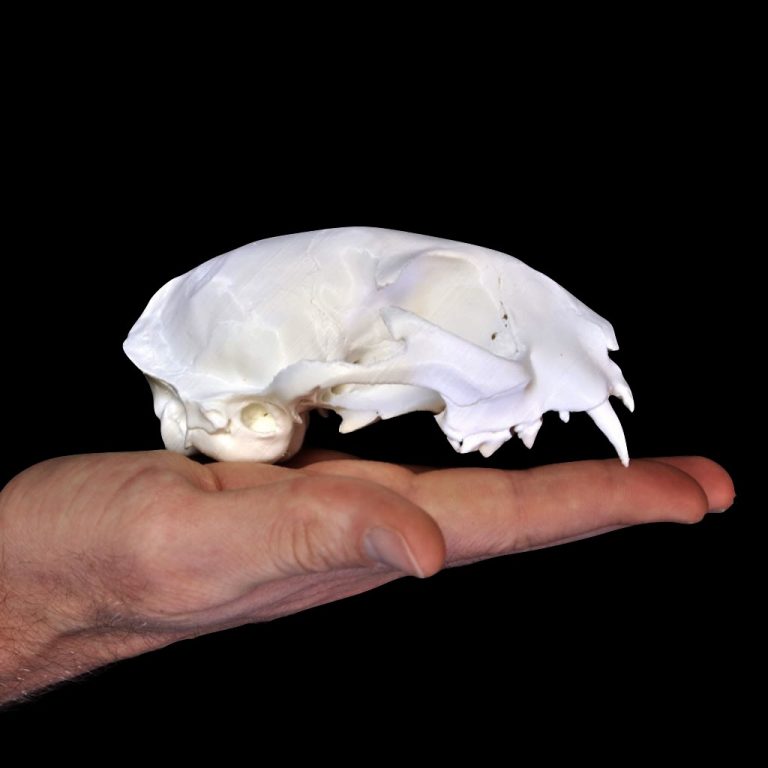
Physical anatomical models have benefits for teaching and research, from multi-sensory learning to quickly testing physical interactions among parts. In this post, we explain the 10 steps we follow in using 3D printing to create high-resolution models specifically tailored to each client's unique needs.
Small business or start-up? 3D Anatomy Studios is a bit of both
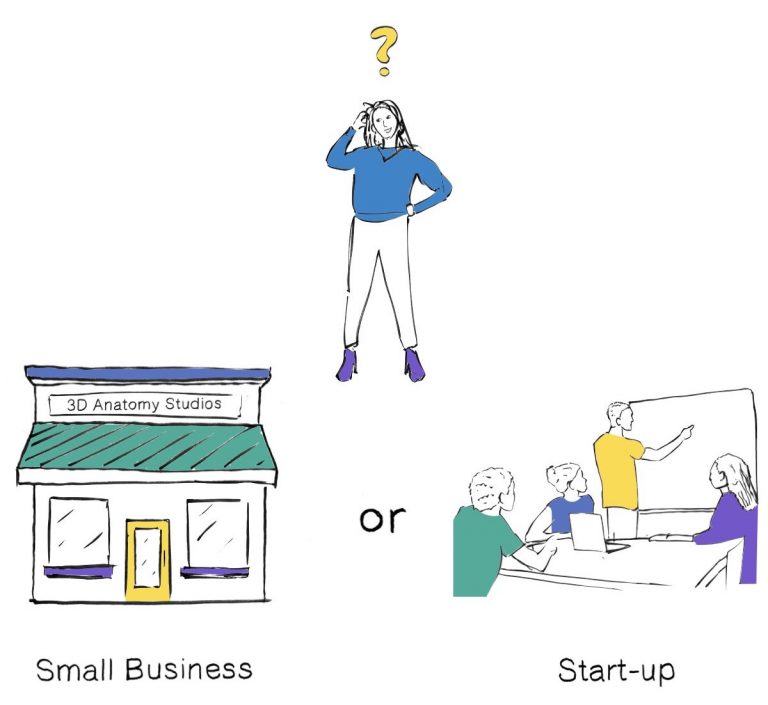
What's the difference between a small business and a start-up? In this post we explain what is typically meant by each of these how there isn't always a clear difference between the two. We also give examples of how 3D Anatomy Studios currently operates both as a small business and as a start-up.
Our Shop is Open!
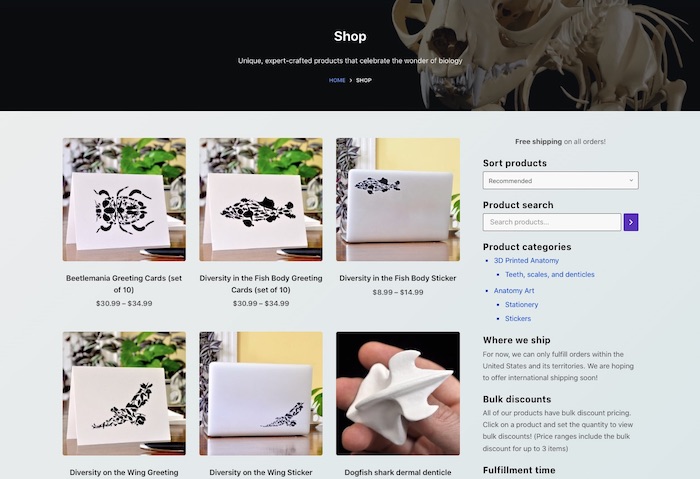
We are thrilled that our Shop is officially open! In this April 2022 update we share more about the how and why of opening our online shop, why we tried but ultimately decided against using dropshipping, and how we decided on the most environmentally sustainable materials to use for creating and shipping our products.
The SBIR Gamble

We can’t believe it’s already been five months since we officially registered as 3D Anatomy Studios! In this March 2022 update post, we share what we've been up to for the past few months, including submitting our first NSF SBIR Phase I Proposal! Plus, something exciting to watch for in April!


